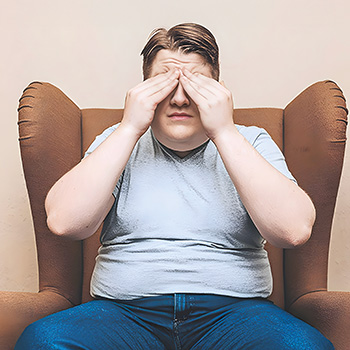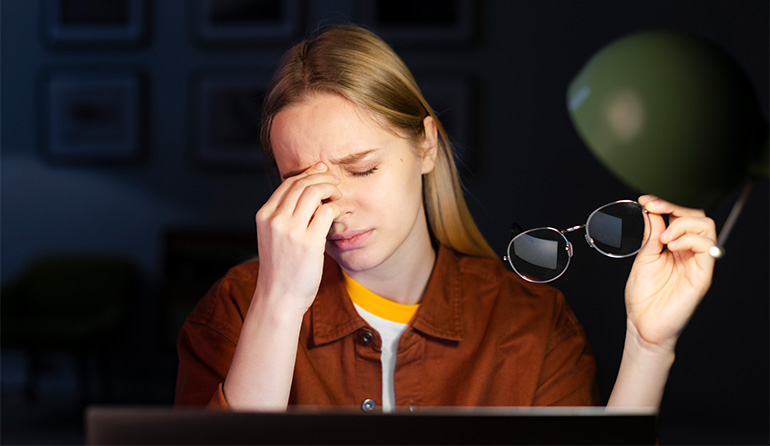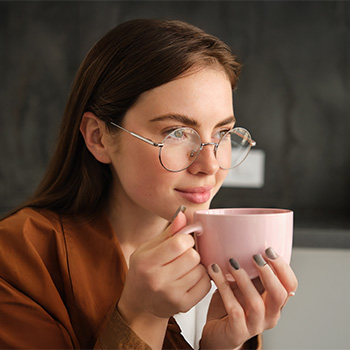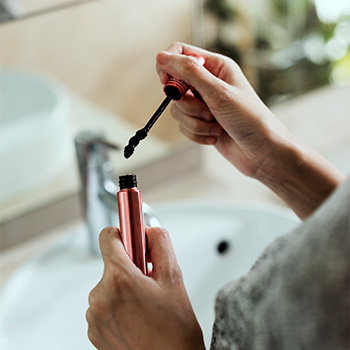
Obesity and Links to Eye Health
Obesity is a condition that affects the entire world and continues to rise every day. It also impacts many organs in the body, and the eyes are among them.
Obesity and Cataracts
Long term studies have shown that obesity plays a role in the development of cataracts. It is thought that leptin, a hormone released from fat tissue in obese individuals, increases oxidative stress levels in the body, accelerating the formation of cataracts. The increase in inflammatory processes and the presence of obesity related conditions such as diabetes that cause vascular damage may prevent the natural lens from being properly nourished and cleared of waste products. All these factors cause cataracts to develop more rapidly in obese individuals compared to healthy people.
Obesity and Glaucoma
Studies have shown that obesity increases intraocular pressure, although its direct relationship with glaucoma has not been clearly established. However, the most important risk factor for glaucoma is ocular hypertension, or high eye pressure, which is seen more frequently in obese patients. For this reason, obesity is considered an indirect risk factor for glaucoma. Increased intraocular pressure in obese individuals may result from excess fat tissue around the eye exerting pressure, vascular pathologies, and inflammatory processes. Inflammation can cause oxidative stress in the optic nerve and trabecular meshwork, reducing the ability of tissues to clear waste and making them more vulnerable to nutritional deficiencies.
Obesity and Macular Degeneration
Age related macular degeneration, commonly known as macular disease, is one of the leading causes of blindness among elderly individuals. Studies have previously identified hypertension and hyperlipidemia as causes of this disease. The effect of obesity on macular degeneration has also been studied for many years and proven. Among the reasons why obese individuals are more likely to develop macular degeneration compared to those with a normal body mass index are the oxidative stress caused by elevated leptin levels and other inflammatory substances.
Obesity and Retinopathy
Research has shown that diabetic retinopathy, a vision disorder linked to diabetes, appears earlier and more frequently in obese diabetic patients. Similar to people with diabetes, obese individuals also show an increase in vascular growth hormones and inflammatory substances inside the eye. Due to the excess of leptin, obesity is also thought to contribute to diabetic retinopathy and hypertensive retinopathy, which are eye disorders caused by diabetes and high blood pressure.
Obesity and Other Eye Diseases
Some studies have shown that vascular conditions such as retinal artery and vein occlusion occur more frequently in obese patients compared to healthy individuals. This has been linked to increased blood viscosity caused by obesity. Moreover, other obesity related conditions such as hypertension and diabetes, which are more common among obese individuals, are also recognized as causes of retinal vascular blockages. This makes obesity an indirect risk factor. Other, less common obesity related eye diseases include conditions associated with obstructive sleep apnea. Obstructive sleep apnea, which occurs more frequently in obese individuals, can lead to dry eye disease and floppy eyelid syndrome, both of which cause watering, stinging, and blurred vision, as well as conditions such as central serous chorioretinopathy and nonarteritic anterior ischemic optic neuropathy, which can result in sudden vision loss. Although no study has conclusively proven that weight loss can directly reverse these conditions, recent research has shown that individuals who lost weight after undergoing obesity surgery experienced improvements in the vascular structures of the eye.
September 2025






















